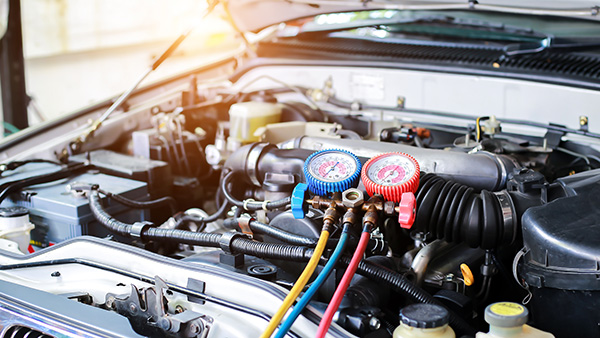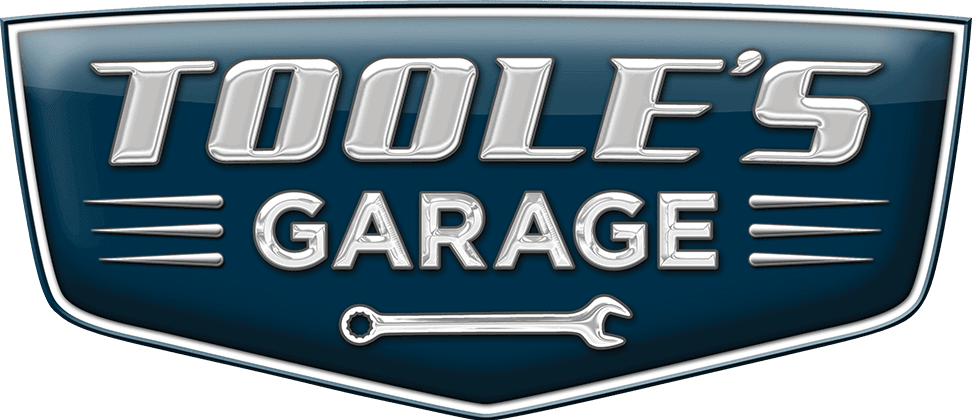
Ever wondered what goes into ensuring your car's air conditioning (A/C) system is running at peak performance? As summer heat approaches, having a reliable A/C system is important for comfort and safety. A comprehensive A/C performance check is more than just flipping a switch to see if cold air blows out. It involves a series of detailed inspections and tests to make sure your system is in top shape. We will share the key components of a car A/C performance check and why it's essential for maintaining your vehicle's cooling efficiency.
Inspection of A/C Components
One of the first steps in a performance check is a thorough inspection of all A/C components. This includes the compressor, condenser, evaporator, and various hoses and connections. Technicians look for signs of wear and tear, damage, and leaks.
- Compressor: The heart of the A/C system, the compressor pumps refrigerant through the system. Technicians check for any signs of damage or failure.
- Condenser: Located in front of the radiator, the condenser helps cool the refrigerant. It is inspected for blockages, leaks, and overall condition.
- Evaporator: This component absorbs heat from the cabin air. Technicians check for cleanliness and proper operation.
- Hoses and Connections: All hoses and connections are examined for leaks, cracks, or signs of wear that could affect the system's performance.
Checking Refrigerant Levels
Refrigerant is the lifeblood of your A/C system. Without the right amount, your A/C can't cool the air effectively. During a performance check, technicians measure the refrigerant levels.
- Low Refrigerant: If the refrigerant level is low, it could indicate a leak. Technicians can add refrigerant and use specialized tools to detect and repair leaks.
- Proper Levels: Ensuring the refrigerant is at the correct level is crucial for optimal cooling performance and efficiency.
Testing System Pressure
System pressure tests are vital to diagnosing potential issues within the A/C system. Technicians use gauges to measure the pressure on both the high and low sides of the system.
- High-Side Pressure: This measures the pressure on the output side of the compressor. High pressure could indicate a blockage or an overcharged system.
- Low-Side Pressure: This measures the pressure on the input side of the compressor. Low pressure could indicate low refrigerant levels or a failing compressor.
By analyzing these pressures, technicians can pinpoint specific issues and make necessary adjustments or repairs.
Evaluating Cooling Performance
Once the system components and pressures have been checked, the next step is evaluating the overall cooling performance. This involves measuring the temperature of the air coming from the A/C vents.
- Temperature Measurement: Technicians use a thermometer to measure the temperature of the air. This helps determine if the system is cooling effectively.
- Performance Assessment: If the temperature is not within the expected range, further diagnostics are performed to identify the cause, such as a malfunctioning compressor or low refrigerant.
Checking for Unusual Noises
Strange noises coming from your A/C system can be a sign of trouble. During a performance check, technicians listen for any unusual sounds that could indicate problems.
- Squealing or Grinding: These noises often point to issues with the compressor or other moving parts.
- Hissing or Bubbling: These sounds can indicate refrigerant leaks or air in the system.
By identifying and addressing these noises, technicians can prevent potential breakdowns and ensure smooth operation.
Is your car's A/C system ready for the summer heat? Visit Toole's Garage - Stockton for an A/C performance check, and stay cool on the road!



